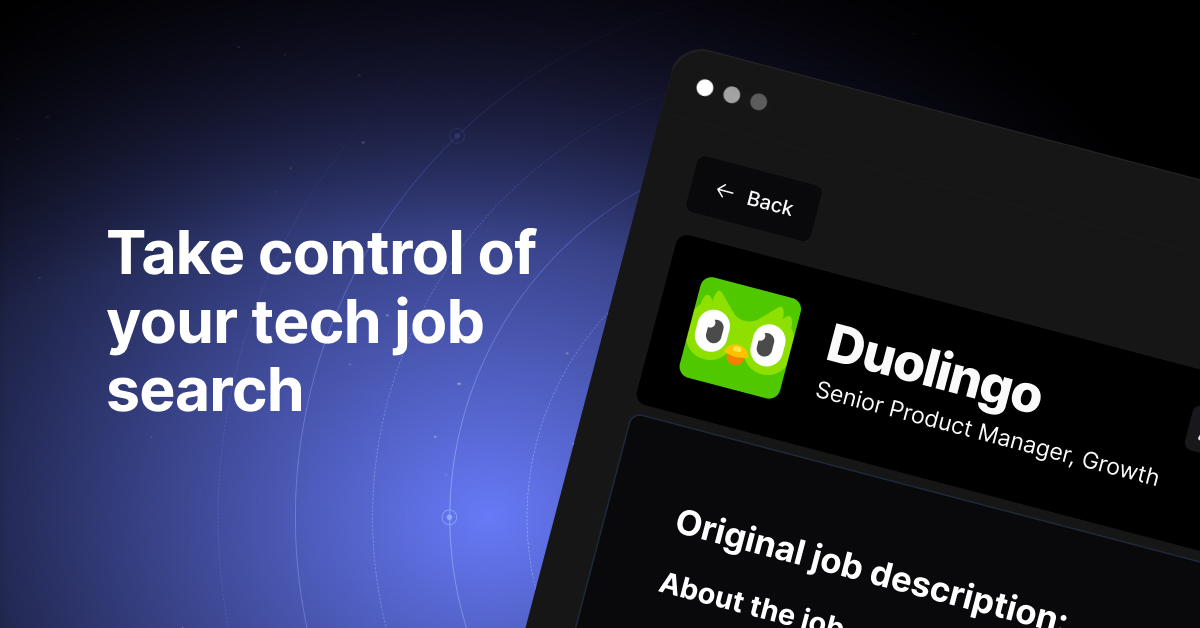Binding ConverterParameter

Understanding the Binding ConverterParameter: A Complete Guide 📚
Are you struggling with incorporating a Binding ConverterParameter into your XAML code? Look no further! In this blog post, we will dive deep into this topic and provide you with easy solutions to common issues you may encounter. By the end of this guide, you'll have a solid understanding of how to use the Binding ConverterParameter effectively. So let's get started! 🔎
The Problem: Passing the Tag of Top-Level Parent and Control Itself to the Converter Class 😕
Have you ever wanted to pass the Tag of the top-level parent and the Tag of the control itself to a converter class, all within a Style? It can be quite tricky, but don't worry, we've got your back! Let's break it down step by step. 🚀
Step 1: Setting up the Style 🎨
To start, we need to define a Style that targets the FrameworkElement. Within this Style, we will set the Visibility property using a Binding and apply our converter. Here's an example:
<Style TargetType="FrameworkElement">
<Setter Property="Visibility">
<Setter.Value>
<Binding Path="Tag"
RelativeSource="{RelativeSource AncestorType=UserControl}"
Converter="{StaticResource AccessLevelToVisibilityConverter}"
ConverterParameter="{Binding RelativeSource={RelativeSource Mode=Self}, Path=Tag}" />
</Setter.Value>
</Setter>
</Style>Step 2: Understanding what's happening 🤓
In the code snippet above, we directly set the Tag as the Path of our Binding. This tells the binding that we want to use the Tag property for visibility.
Now, let's focus on the ConverterParameter. Here, we use another Binding to obtain the Tag property of the control itself. RelativeSource={RelativeSource Mode=Self} indicates that we want to bind to the Tag property of the current control.
Step 3: Applying the Converter 🔄
Once we have set up the Style with the appropriate Bindings and ConverterParameter, we need to implement our converter class (AccessLevelToVisibilityConverter in the example code) to handle the logic of converting the values.
Your converter class should implement the IValueConverter interface and override the Convert and ConvertBack methods. Here's a simplified example of the converter class:
public class AccessLevelToVisibilityConverter : IValueConverter
{
public object Convert(object value, Type targetType, object parameter, CultureInfo culture)
{
// Logic to convert the value and parameter to Visibility
// Return the appropriate Visibility value
}
public object ConvertBack(object value, Type targetType, object parameter, CultureInfo culture)
{
// Logic to convert Visibility back to the original value
// Return the original value
}
}Make sure to implement the conversion logic based on your requirements. Once you've implemented the converter, make it available as a static resource for the XAML code to use.
Step 4: Testing and Troubleshooting ✅❌
Now that everything is set up, it's time to test your code! If you encounter any issues, here are some common problems and their solutions:
Converter not being called: Ensure that you have correctly implemented the
IValueConverterinterface and that the converter is correctly registered as a static resource.Incorrect conversion results: Double-check your conversion logic within the
ConvertandConvertBackmethods of your converter class. Use breakpoints or debug statements to verify the input and output values.Binding errors: If you see any binding errors in your debugger output, review the binding paths in your XAML code and ensure they are correctly set.
Conclusion: Mastering the Binding ConverterParameter 😎
Congratulations! You've successfully learned how to use the Binding ConverterParameter. By following our easy step-by-step guide and understanding the underlying concepts, you can now utilize this powerful feature in your XAML code. 🎉
Remember, practice makes perfect! So, go ahead and experiment with different scenarios to gain a deeper understanding of the Binding ConverterParameter. And don't forget to share your experiences and questions in the comments below! We love to hear from our readers! ❤️
Happy coding! 💻✨
Take Your Tech Career to the Next Level
Our application tracking tool helps you manage your job search effectively. Stay organized, track your progress, and land your dream tech job faster.



